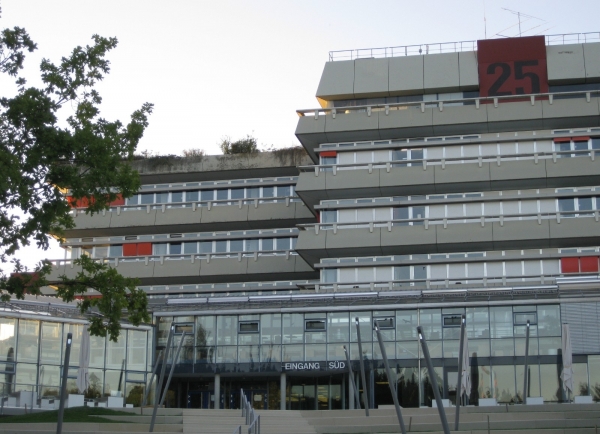https://www.uni-ulm.de/en/
Description
Located in the South German state of Baden-Württemberg, Ulm University was founded in 1967, although plans for its establishment were shaped a decade earlier, in the 1950s. Ulm is the ninth to be founded in the region, which lies close to the country’s border with France and Switzerland, and it is one of the youngest universities within Germany as a whole.
With a focus on medicine and natural sciences, the public, research-led university is home to around 10,500 students.
Ulm comprises four faculties – Medicine (which is inclusive of a university hospital), Engineering and Computer Science, Natural Science, and Mathematics and Economics. It cites its future research specialisations to be within the areas of Engineering and Technology, Life Sciences and Medicine, Nanomaterials, Biomaterials and Financial Services.
A number of its international master’s programmes are taught in English, including Energy Science and Technology, Advanced Materials, Physics, Biophysics, Communications Technology, Molecular Medicine, Finance, and an online course in Advanced Oncology.
The university campus sits on a hill on the outskirts of Ulm. It is home to a science park, which itself houses numerous high-tech public and industrial research and development centres, along with three hospitals. Science students at Ulm University often complete internships at companies located on campus, while master’s students may work on their thesis in close cooperation with industrial partners that include BMW, Daimler and Continental AG.
Ulm itself, situated on the River Danube, was the birthplace of Albert Einstein. It has been suggested that the university should rename itself after the city’s most famous son and, although that hasn’t happened as yet, the road on which the university sits has been named Albert-Einstein-Allee in his honour.
Specific details
Location
Helmholtzstraße 16, Ulm, 89081, Germany
External Links
Ulm University
THE World University Raiting
Wikipedia
Wikimedia




